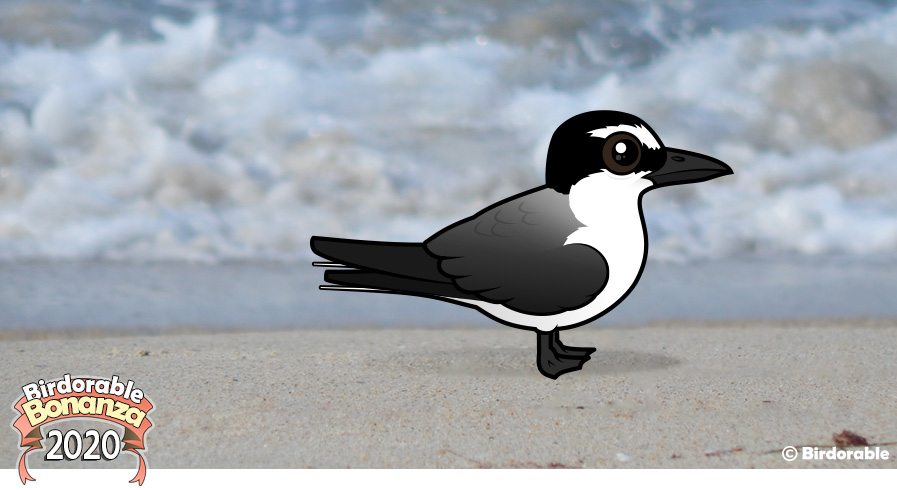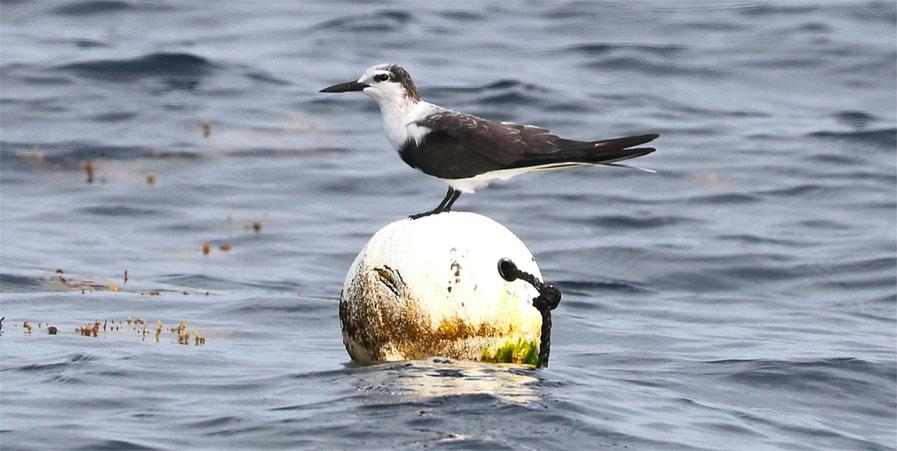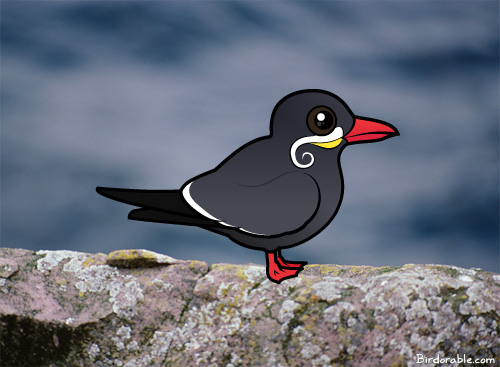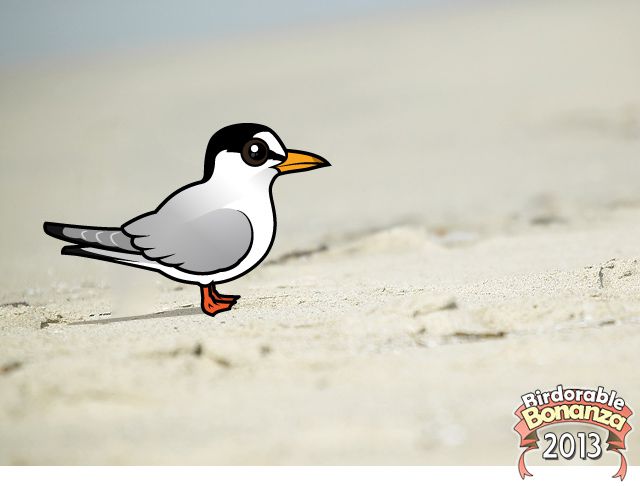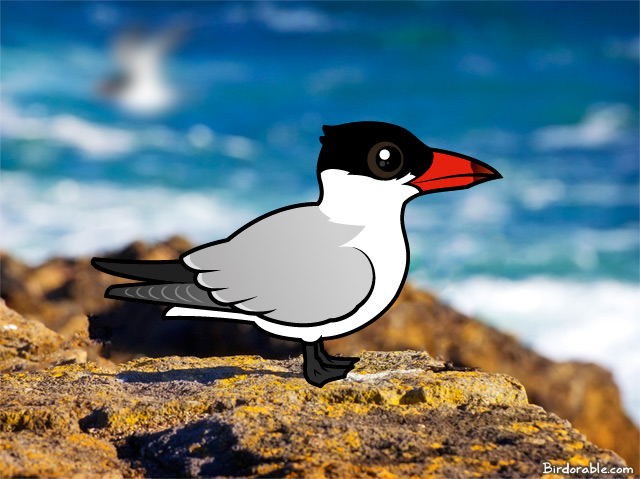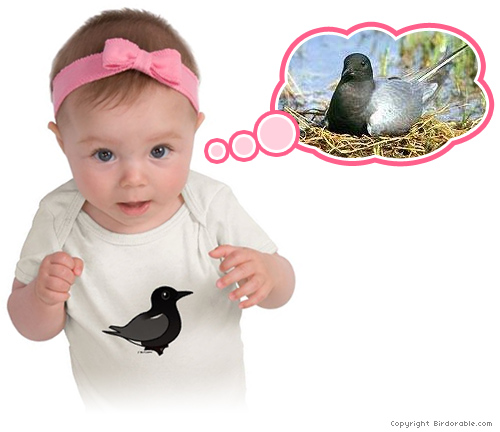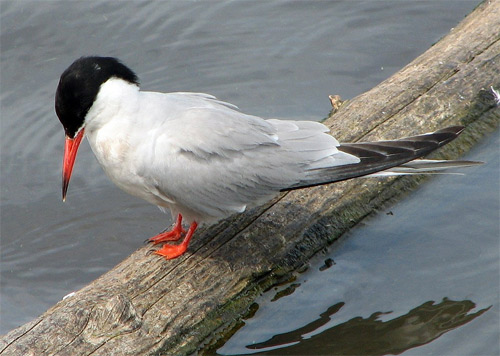Species Profile
About Little Terns: Tiny Titans of the Tides
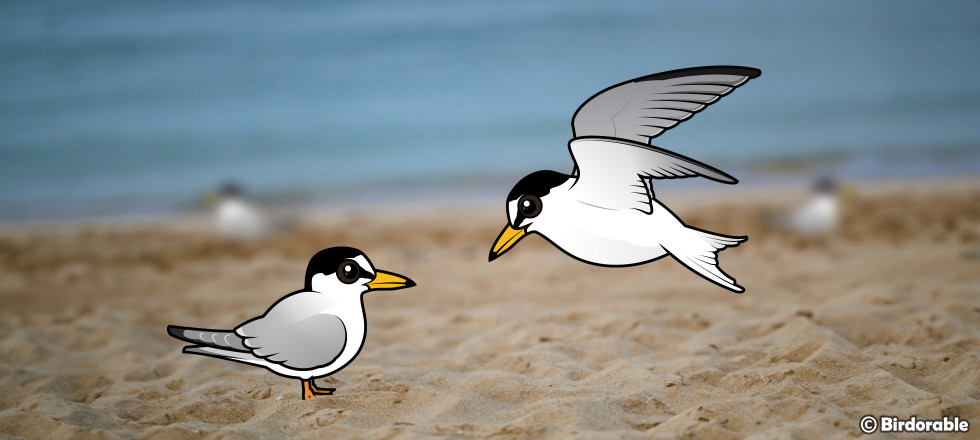
Little Terns might seem like unremarkable seabirds at first glance, but these feathered beach inhabitants pack a surprising punch of interesting facts. Here's why you should appreciate these tiny titans of the shoreline:
Masters of Migration
Despite their diminutive size (8-11 inches tall), Little Terns undertake epic journeys, migrating annually between Eastern European and Western Asian breeding grounds, and wintering grounds in the pacific ocean as far as the waters of Southern Australia. Imagine flying all that distance on relatively tiny wings!
Family First
Little Terns are devoted parents, building simple nests in open areas or small islands, and laying just two or three precious eggs. Both parents share incubation and chick-rearing duties, fiercely protecting their vulnerable offspring from predators, especially Eurasian Thick-knees, and the harsh elements. Their parental dedication is a heartwarming example of avian family life.
Diving Dynamos
While some aquatic-feeding birds dabble for food, Little Terns specialize in the aerial plunge from a prolonged hovering position. They dive headfirst into the water from impressive heights, snatching up tiny fish and invertebrates with laser-sharp precision. Their acrobatic maneuvers are an impressive display of avian athleticism.
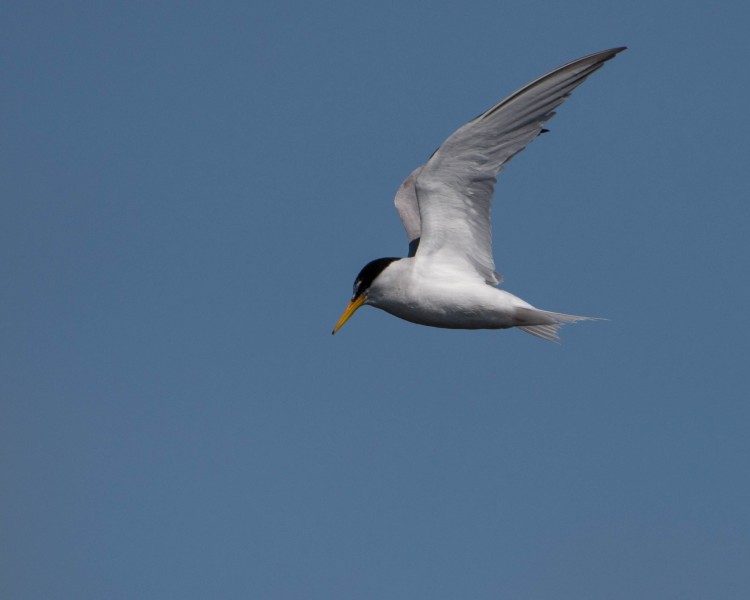
Hovering Little Tern by Jason Thompson (CC BY 2.0 Deed)
Community Champions
Little Terns often nest in colonies, creating a cacophony of chirps and squawks on the beach. While this might seem chaotic, it actually serves as a community defense system. Predators are more likely to be spotted and repelled by the vigilant eyes of many birds.
Fragile Fighters
Sadly, Little Tern populations are threatened by habitat loss as development takes away their coastal nesting sites and disturbances to their feeding grounds. These vulnerable birds rely on pristine beaches for nesting and feeding, making them important indicators of coastal health.
The Little Tern joined our Birdorable family on March 21, 2014.










